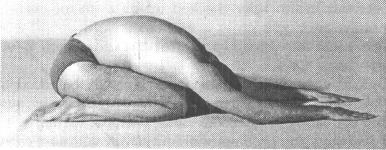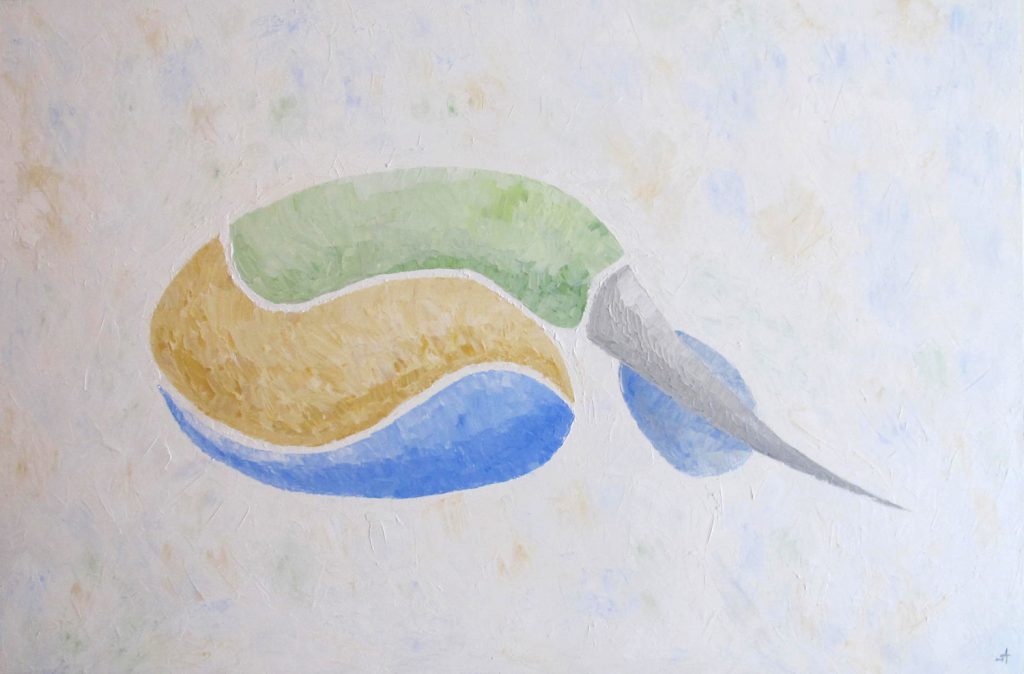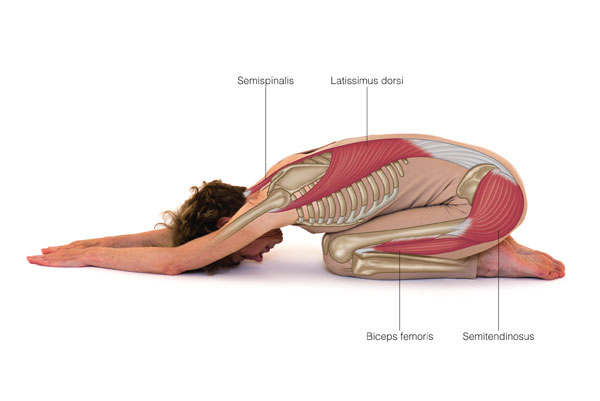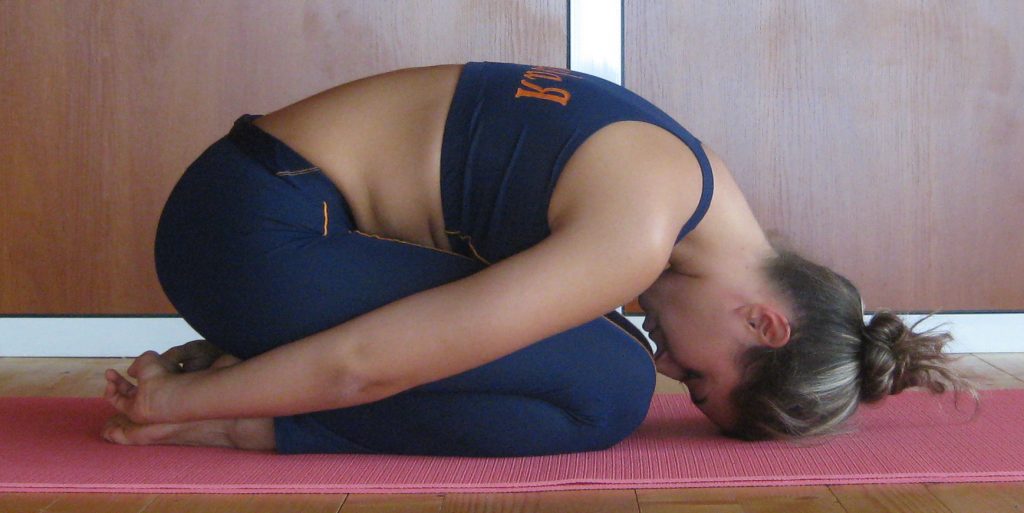Yoga Day 2019
21st June is celebrated as International Yoga Day. Here is today’s asana.
Shashankasana resembles a ‘Hare’ in its final stages and hence the name. Since it has a calming effect on the body and mind, it is also called Sashankasana, Sashanka meaning moon in Sanskrit.

It is a popular posture to cure any back related troubles and when practiced regularly can be a boon to tired backs and those with back-related pain. It is a beginner’s pose and can be performed by all age groups.
Shashankasana steps
- Sit is Vajrasana.
- Straighten the back.
- Inhale and slowly raise the arms, keeping them straight.
- Now, exhale and bend forwards.
- The arms, trunk and head should remain in one line.
- The forehead and arms should rest on the floor in front of the knees.
- Relax the whole body.
- Inhale and exhale slowly.
- Inhale and raise your arms up and slowly bring it down.

Benefits
This is a simple asana which holds multiple benefits for the body and mind.
– It stretches the back muscles and separates the individual vertebrae, releasing pressure on the discs. Often nerve connections emanating from the spinal cord are squeezed by these discs, giving rise to various forms of backache. This posture helps to relieve this problem and encourages the discs to resume their correct position.

– It also regulates the functioning of the adrenal glands.
– It tones the pelvic muscles and the sciatic nerves and is beneficial for women who have an underdeveloped pelvis.
– It helps to alleviate disorders of both the male and female reproductive organs.
– Regular practise relieves constipation.
– It helps eliminate anger and has a cooling effect on the brain.

A variation of Shashankasana is Balasana. In Sanskrit, bala means child and asana refers to one’s posture. Thus, this pose is also called Child Pose. It is a ‘counter’ asana for many asanas and is performed preceding and following Sirsasana as it is a resting pose. If perfectly performed, the body faces the floor in foetal position (thus the name). It is also called Garbhasana (or womb pose).

